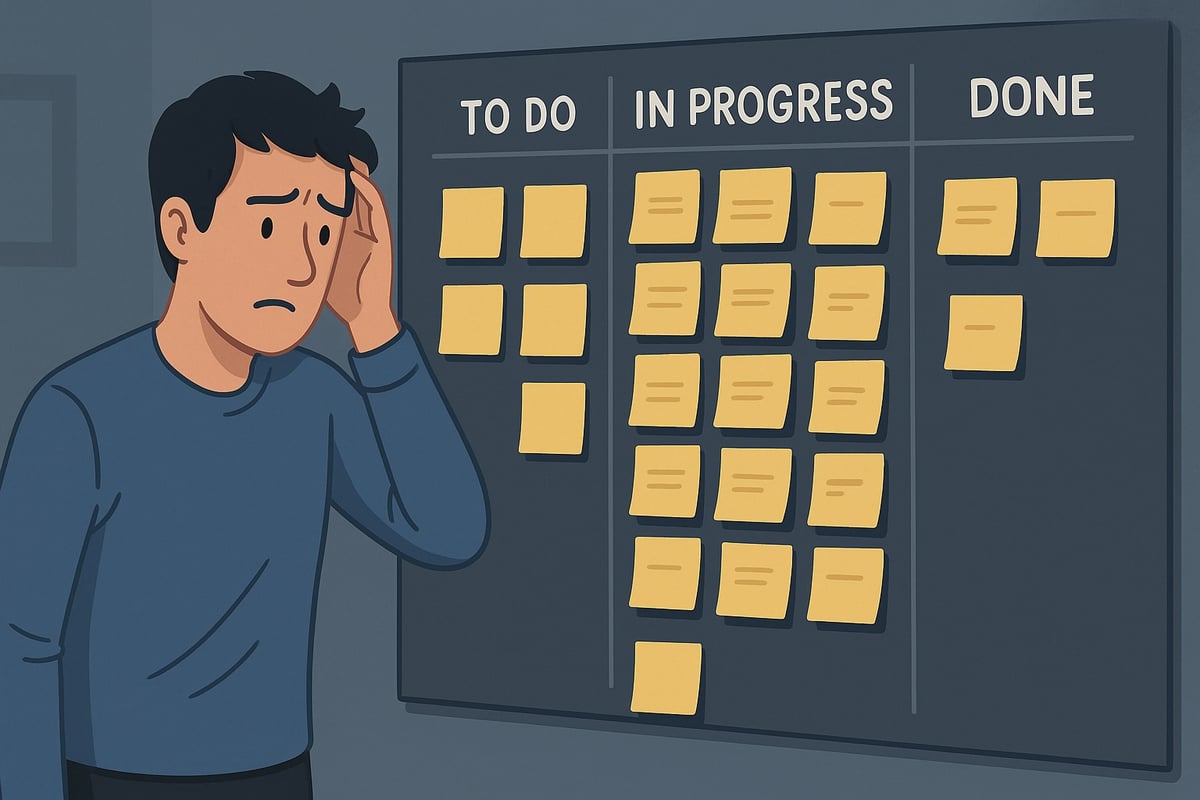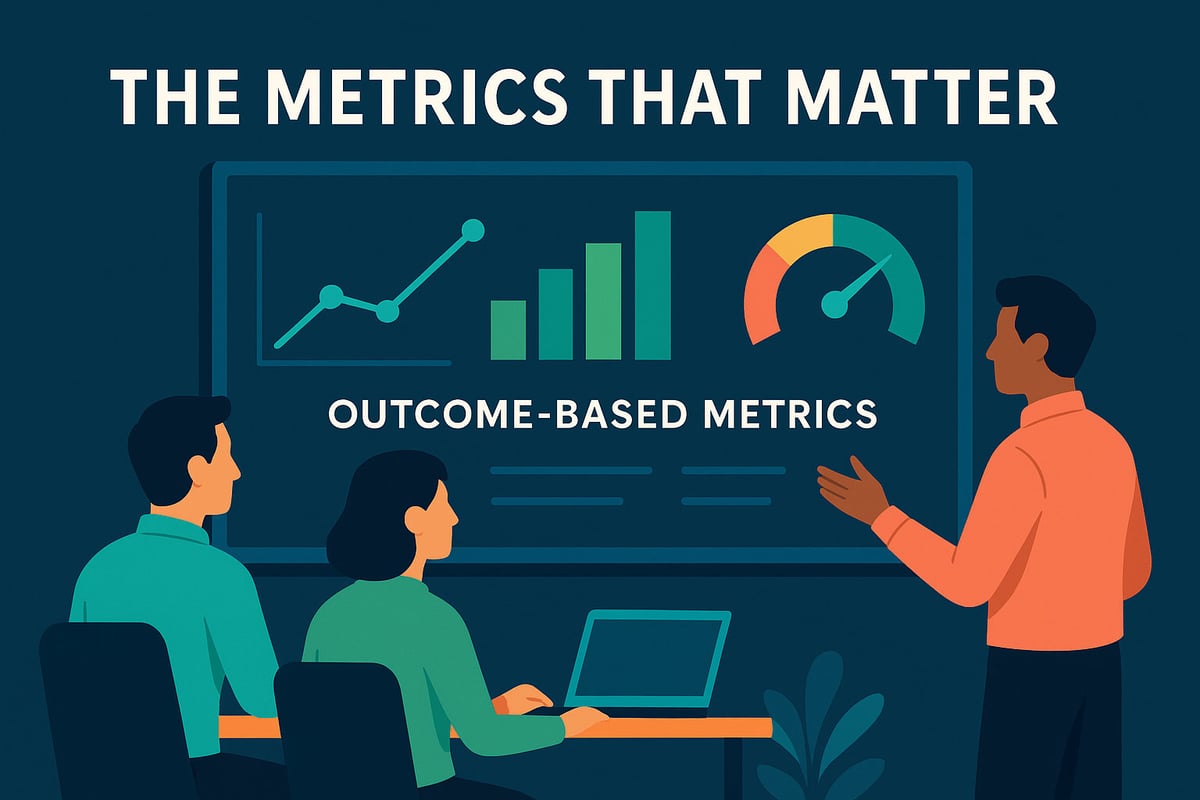Every engineering leader has experienced the frustration: Your team is drowning in technical debt, deployment pipelines are fragile, and engineers spend more time in meetings than writing code. You know a systematic productivity audit could transform your organization, but when you propose it, the executive team balks. “We can’t afford to take engineers away from feature work right now,” they say. But the real question is: can you afford not to?
The Hidden Cost of Engineering Inefficiency
Here’s the uncomfortable truth: According to research from GetDX, engineers waste 22% of their time on non-value activities like context-switching, unnecessary meetings, and duplicative work. For a team of 100 engineers with an average fully-loaded cost of $250,000 per engineer, that represents approximately $5.5 million in annual waste.
Let that sink in.
Most executives would immediately address any other business function hemorrhaging millions in preventable waste. Yet engineering productivity issues often remain invisible until they manifest as missed deadlines, quality problems, and developer attrition.
The problem isn’t that executives don’t care about engineering productivity, it’s that we haven’t effectively translated technical inefficiencies into business terms they understand.
Reframing the Conversation: From Cost to Investment
Successful engineering leaders know that securing buy-in for productivity initiatives requires shifting the conversation from cost to investment. This means quantifying the ROI and speaking the language of the C-suite.
1. Quantify the Current State
Begin by establishing baseline metrics that demonstrate the current cost of inefficiency:
- Wasted Engineering Time: Measure the percentage of time engineers spend on non-value work
- Delivery Delays: Calculate the average delay between planned and actual delivery dates
- Maintenance Burden: Track the ratio of maintenance vs. feature work
- Technical Debt: Quantify the impact on delivery speed and quality
For example, a HealthTech company discovered through an audit that technical debt was delaying feature delivery by 300-400%, costing them $2 million annually in development expenses.
2. Calculate the ROI
A well-designed productivity audit typically delivers a strong return over 12 months when factoring in waste reduction, improved time-to-market, and enhanced quality.
Here’s a simple ROI calculation framework you can adapt:
ROI = (Productivity Gains - Audit Cost) / Audit Cost
For example:
- Audit cost: $150,000
- 100 engineers at $250,000 fully-loaded cost = $25,000,000 annual cost
- Current waste: 22% = $5,500,000
- Target waste reduction: 30% of current waste = $1,650,000 annual savings
- ROI: ($1,650,000 - $150,000) / $150,000 = 10:1 return over 12 months
As Jellyfish notes, ROI “builds common language and trust with Sales and Marketing leadership,” creating a foundation for cross-functional support of engineering initiatives.
The Competitive Advantage of Productivity
Beyond cost savings, productivity audits create significant competitive advantages that resonate with executives focused on market position:
1. Faster Time-to-Market
High-performing engineering organizations deploy substantially more frequently and recover from incidents faster than low performers. Each week of accelerated delivery can translate to substantial revenue gains, especially in fast-moving markets.
2. Higher Quality Products
Organizations with optimized engineering practices report substantial improvements in output quality. This directly impacts customer satisfaction, retention, and word-of-mouth growth.
3. Talent Retention
Focus-oriented cultures report 30-40% lower turnover than interrupt-driven environments according to FullScale. With replacement costs reaching 150-200% of a senior developer’s salary, productivity improvements can significantly reduce hiring and onboarding expenses.
Overcoming Executive Objections
Even with compelling data, you’ll likely encounter resistance. Here’s how to address common executive objections:
“Productivity Audits Disrupt Core Operations”
Some executives fear that audits will cause temporary productivity dips during assessment phases.
Counterstrategy: Implement phased approaches with minimal disruption. For example, using weekly 2-hour focused sprints rather than taking entire teams offline can achieve substantial results without disrupting critical work.
“ROI Remains Unproven for Technical Investments”
Many executives perceive a disconnect between engineering metrics and financial outcomes.
Counterstrategy: Connect technical improvements directly to financial outcomes through value stream mapping. Show how specific workflow improvements directly impact revenue-generating metrics that executives already track.
“Current Processes Already Maximize Efficiency”
Some leaders assume current processes are as optimized as possible based on historical success.
Counterstrategy: Use industry benchmarking to identify hidden inefficiencies. Comparative data often reveals optimization opportunities that aren’t visible when looking only at internal metrics.
Building Your Case: A Practical Approach
Ready to secure buy-in for your productivity audit? Follow this proven framework:
1. Start with a Pilot
Rather than proposing a company-wide initiative, advocate for a focused pilot:
- Target a high-impact team with a modest budget
- Establish clear success metrics
- Demonstrate 6:1 ROI within 3-6 months
The results from your pilot will provide concrete evidence to expand the initiative.
2. Present a Tiered Investment Approach
Structure your proposal with increasing levels of commitment:
- Phase 1: Pilot audit (single team)
- Phase 2: Targeted expansion (2-3 additional teams)
- Phase 3: Enterprise rollout (organization-wide)
This reduces perceived risk and allows for adjustment based on early results.
3. Leverage Success Stories
Case studies of similar organizations provide powerful social proof that can significantly strengthen your business case. When executives see that comparable companies in their industry or of similar size have achieved measurable success through productivity initiatives, it reduces perceived risk and increases confidence in your proposal.
4. Establish Clear Success Metrics
Define specific, measurable outcomes for your productivity initiative, for example:
- Short-term (0-6 months): 15% reduction in cycle time, 20% decrease in critical bugs
- Medium-term (6-12 months): 20% faster time-to-market, 15% reduction in development costs
- Long-term (12+ months): 30% improvement in developer retention, 25% faster feature delivery
From Audit to Continuous Improvement
A productivity audit shouldn’t be viewed as a one-time event but as a catalyst for ongoing transformation. The most successful organizations institutionalize the insights gained from initial audits into continuous improvement practices.
This approach aligns with my exploration of tech debt management, where sustainable development practices prevent productivity drags from accumulating in the first place.
Conclusion: Making the Decision Inevitable
Engineering productivity audits deliver substantial ROI when properly executed, offering both immediate efficiency gains and long-term competitive advantages. By translating technical inefficiencies into financial terms and aligning improvement strategies with executive priorities, you can make the decision to proceed almost inevitable.
The question for executives is not whether they can afford to conduct productivity audits, but whether they can afford not to in an increasingly competitive digital landscape. By framing your proposal in terms of concrete business outcomes—cost savings, competitive advantage, and risk reduction—you transform what might be seen as an engineering indulgence into a strategic business initiative that’s impossible to ignore.
What’s your experience securing executive buy-in for productivity initiatives? I’d love to hear your perspectives.








